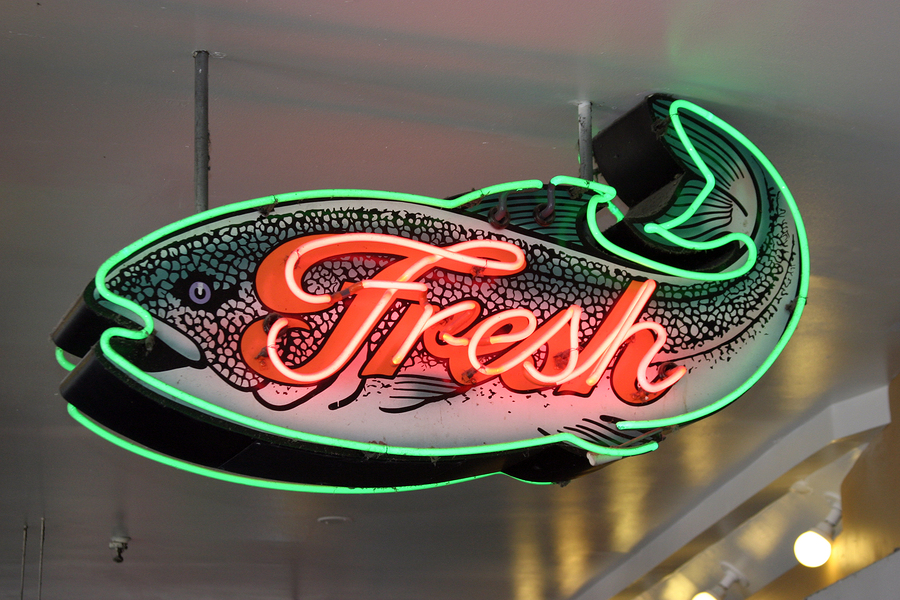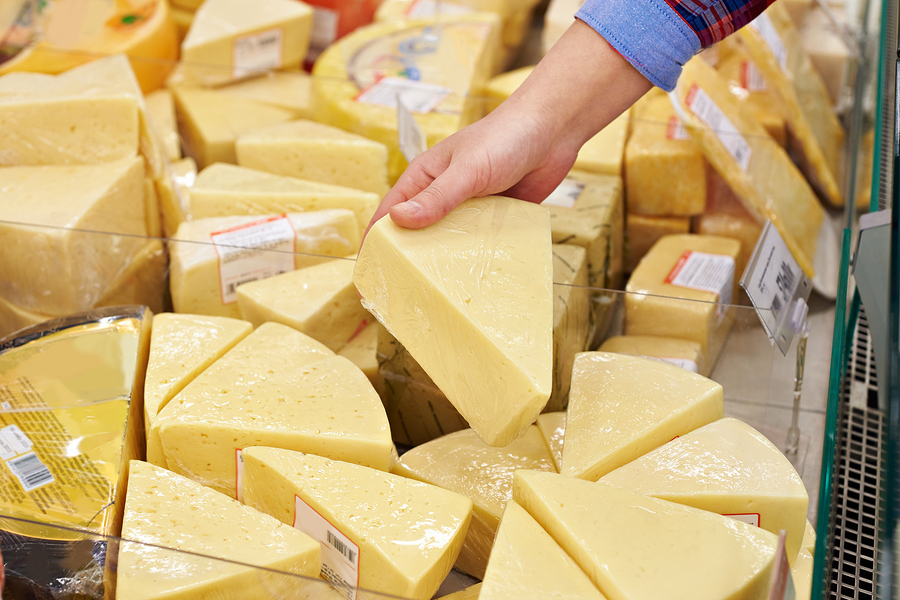
Relevance Drives the Recipe for Social Media Results
February 13th, 2018 Posted by Emergent Agency Services, brand marketing, brand strategy, branded content, Consumer insight, Content Marketing, Public Relations, Social community, Social media, storytelling 0 comments on “Relevance Drives the Recipe for Social Media Results”Social media has emerged as one of the most important channels of communication for brands and retailers – in no small measure due to high levels of consumer participation on these platforms and in these communities. Fueling consumer traction is an opportunity for two-way communication; a dialogue rather than monologue. It is a more human and interactive environment – and thus adds value to the consumer’s life and experience by providing unique ways to engage.
- Of note, social media participation accounts for at least one of every three minutes people spend on the Internet, according to Global Web Index.
We already know that consumers prefer to get information, guidance and ideas from voices they deem trustworthy. Social channels help fill this need as a trusted source, especially when the proportion of content generated by consumers themselves (trusted) is correctly balanced with posts created by brands (not as trusted).
The question we often get from clients starts with how to extract optimal effectiveness from social channel program investments.
Here’s the Emergent recipe for improved social channel results:
1. Competing successfully for social attention through relevance and utility
Rule number one: social is not a conventional media platform for pushing out self-promotional sales messaging. The great divide between social channels contributing measurably to growth vs. not, begins with the relevance of content and value to the consumer’s lifestyle passions and interests. Social discourse is not advertising.
- While this may seem intuitively obvious, we observe any number of brands using social as a traditional media play, dominated by product promotion and transactional messages.
The first step towards social media engagement success begins with mining insight into the lives and aspirations of the audiences brands wish to serve. Ideally consumer insight research is part of the overall marketing plan and can be deployed to gain a better understanding of what a brand’s core users care about. Better to truly know them rather than base the messaging map on hunches and assumptions.
From this baseline insight, we build personas – detailed descriptions of consumer segments that make up the population of users either existing or desired. The personas then inform content strategy and help design a community experience founded on relevance, and added meaning to consumer interests and lifestyle.
This approach helps guide community managers to optimize the entire social encounter around core consumers, and in doing so, feeds engagement levels and social’s holy grail – content sharing. When content delivers intrinsic value to the audience, often in an entertaining way, it gets shared and thus multiplies reach.
2. High quality content wins, every time
According to user generated content platform company Stackla, 86 percent of consumers say authenticity matters in deciding what brands they like and prefer. Additionally, 60 percent of consumers believe content from a friend or family member will influence their purchase decisions. Comparatively only 23 percent say they are influenced by content from a celebrity.
User generated content (UGC) is another key component – again founded on the fundamental construct of trusted source. UGC should be embedded as an important component of social strategy, bringing in the voices of real people and their stories as a powerful foundation of validation and proof.
- Consumers believe each other’s experiences with a brand first and foremost; more so than self-promotional content from a brand asserting the benefits and performance of its products and services.
Balanced content strategy enhances engagement. As such, to enhance overall content effectiveness, social channel management should address an apportioned mix of:
- User generated
- Brand created
- Curated third-party content
Within this content eco-system is a formula we follow to plan content on a calendar basis. We recommend that roughly 80 percent of the content track message, topic and tone that are inspirational, educational, useful or fun. The remaining 20 percent of the calendar can be devoted to brand promotions and offers.
Of note, we know that quality content is far more important than quantity in social channels. It simply takes more thought, time and effort to create material that truly benefits other people and adds value to them than inconsequential frequency-fillers. Even when aggregating user generated material it’s important to curate the posts that are interesting and informative from anything that’s not offering a coaching or relevant entertaining moment.
3. Content creation guidance
HubSpot reports that visual content is 40 times more likely to be shared on social media than other forms. This data tracks with evidence that Blog posts using photos garner much higher readership than those without. This helps explain the out-sized popularity of Instagram – especially for food and healthy lifestyle brands.
In general:
- Show readers the lifestyle they aspire to live. If its outdoor adventure they crave, then you know where to go. If they’re kitchen commanders, help build their culinary adventure.
- Reveal the emotion under your product story. The devotion of craftsman to craftsmanship is an emotional journey people want to take. Talk about your commitments, standards and beliefs.
- Inject some art into product photography. Make your photos more interesting by thinking creatively about the setting and how to imbue the image with greater meaning or emotion.
4. Influencers and influencing
At the start of this post we described the anchor from which all audience blessings flow: trust. Trusted voices are the key component to securing belief among consumers. Today’s consumers are understandably skeptical, and their ‘trust threshold’ is that much higher.
Brands are no longer free to simply assert claims of superiority or better experience. Other respected sources need to corroborate what you hope to convey. Influencers are a part of this strategy.
Bloggers and third-party subject matter experts add another dimension to content plans, bringing borrowed equity and credibility to the table. So it makes sense to build and nurture a universe of relevant influencers in your category. These voices can help verify what you want people to believe, while expanding the reach of your message through their networks.
The 50 or so Bloggers who are currently part of our Emergent Media Network operate in this role as added credible voices and authorities. Our obligation in this symbiotic relationship is to bring useful, relevant, well-researched and credible story ideas to the table. Quality in equals quality out.
Social strategy is, by definition, an integration of content marketing, community building, nurturing and the aggregation of user-generated stories. When built around insight about the audience and their needs, with content they care about, an opportunity exists to earn permission for a deeper relationship – based on mutual respect and trust.
Social is, well, social.
Looking for more food for thought? Subscribe to our blog.
Bob Wheatley is the CEO of Chicago-based Emergent, the healthy living agency. Emergent provides integrated brand strategy, communications and insight solutions to national food, beverage, home and lifestyle companies. Emergent’s unique and proprietary transformation and growth focus helps organizations navigate, engage and leverage consumers’ desire for higher quality, healthier product or service experiences that mirror their desire for higher quality lifestyles. For more information, contact [email protected] and follow on Twitter @BobWheatley.




